A lecture by Martin Willis in Amesbury, MA discussing behind the scenes of the auction of the signer of the Declaration, Josiah Bartlett which was a career highlight held in 1989. Check out the news story video.
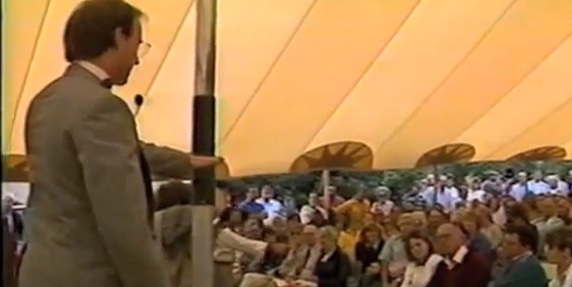
Antiques, Art, Vintage and Collectibles Blog and Research Information Forum

A lecture by Martin Willis in Amesbury, MA discussing behind the scenes of the auction of the signer of the Declaration, Josiah Bartlett which was a career highlight held in 1989. Check out the news story video.
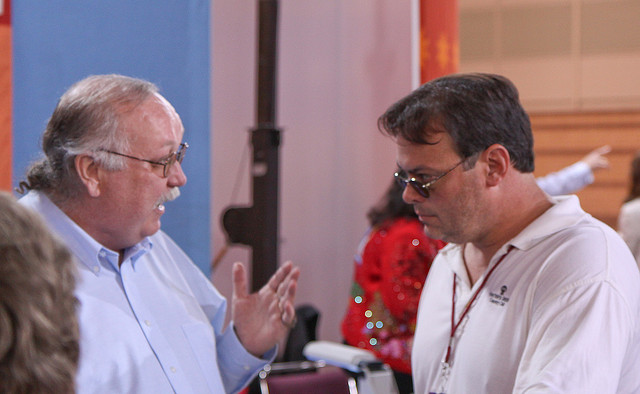
PBS Antiques Roadshow Appraiser, Director of Asian Arts, for James D. Julia Auctioneers, James Callahan talks about the Asian Art Market and much more.
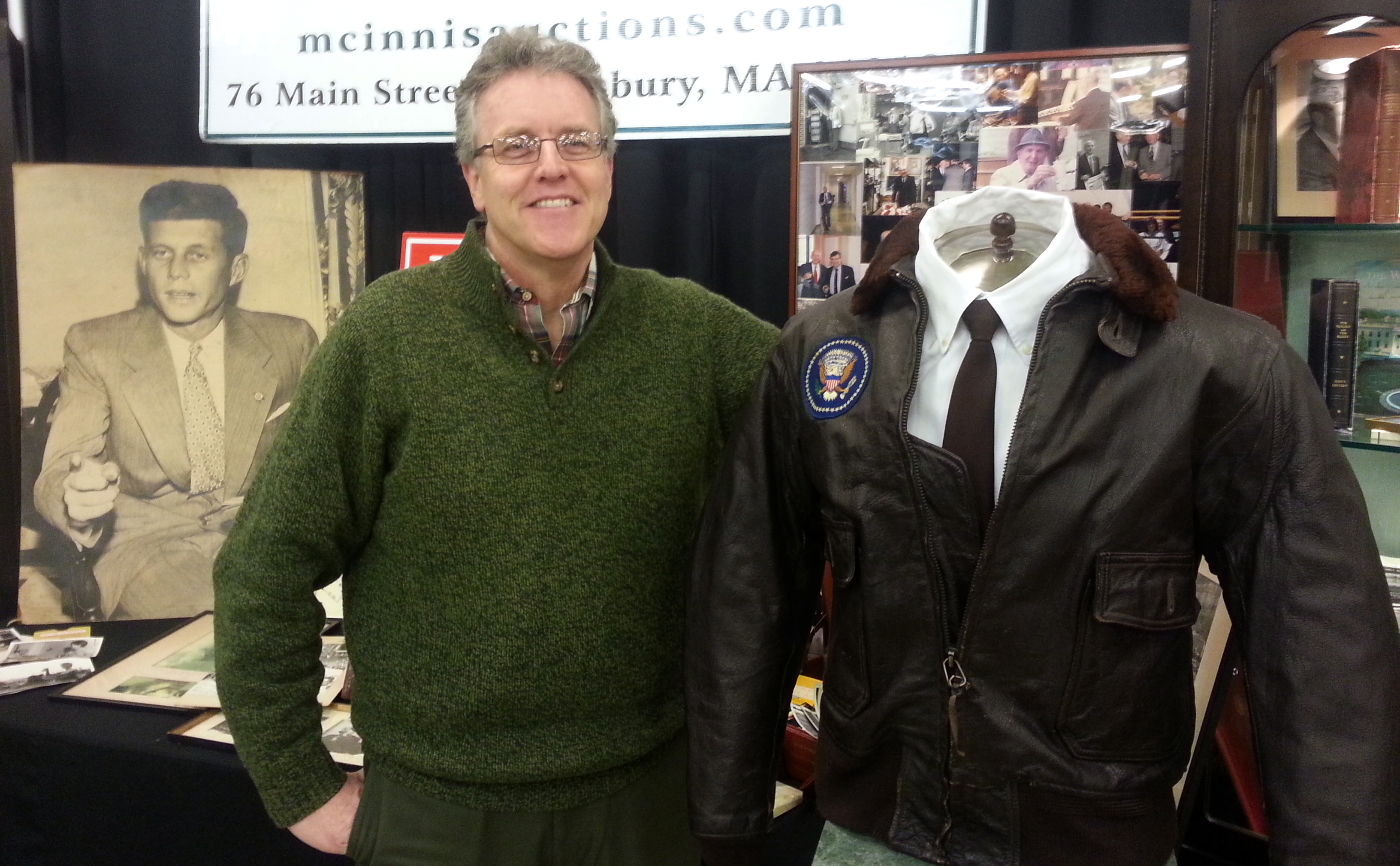
Martin visits John McInnis’ Auction Gallery in Amesbury, Massachusetts and talks Dan Meader about the important John F. Kennedy memorabilia that belonged to David F. Powers, JFK’s White House special assistant and longtime confidant. Auction follow-up here!
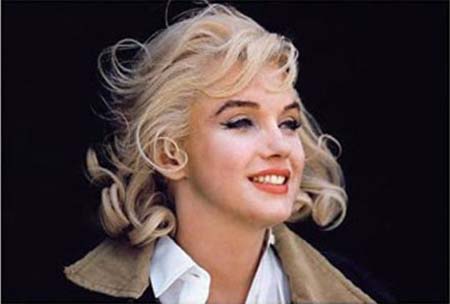
by Martin Willis
For a more recent blog after reading Marilyn’s unknown personal letters, click here.

 I recently had a talk with Joe Maddalena on podcast number 80 and he made a very logical statement. Prices are set by the emotional value something stirs in passionate collectors. That being said, I feel it is difficult to set prices on something like Marilyn Monroe’s famous subway vent scene dress coming up in the June 18th auction. It is estimated at $1 million to $2 million dollars.
I recently had a talk with Joe Maddalena on podcast number 80 and he made a very logical statement. Prices are set by the emotional value something stirs in passionate collectors. That being said, I feel it is difficult to set prices on something like Marilyn Monroe’s famous subway vent scene dress coming up in the June 18th auction. It is estimated at $1 million to $2 million dollars. 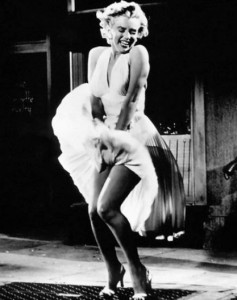 I cannot think of a more famous dress one could sell, but how do we know if $1 to $2 million is what it is really worth?
I cannot think of a more famous dress one could sell, but how do we know if $1 to $2 million is what it is really worth?
Update: the dress sold for $4.6 million.
Click here for article.
If Marilyn did not die young and was still alive today, she would be 85. If she were acting in her later years when her beauty had faded, would she still be such an icon? An example that comes to mind would be Liz Taylor, yet as iconic as Liz was, we will see Marilyn as the young image forever more. Will there be more like her in the future? James Dean and her make a boat load of money as dead young people.
My personal opinion is, if we took a 25-year-old Liz Taylor and a 25 year old Marilyn Monroe, Liz is right there on the hot meter. Yet we watched Liz age. I would say that I may have gotten a bit off track here. The point is, there is some Liz Taylor pieces coming up at auction and I am sure they will do very well. However, I do not believe her pieces will have the staying power that Marilyn Monroe’s will have in the future. This is only an opinion here, please don’t send hate mail.
I had a meeting in Carmel with a woman who interviewed me about the auction business several years ago and all of a sudden in the middle of her questioning she said, “your values of things are so subjective, they only have perceived value it seems.” How could I argue with her? I simply said that artwork is easy to track as auction records, but that always changes. The only thing I could assure her was that cataloging in the auction business, estimates are guesses based on what we have seen similar pieces sell for. Three important things are the basis of auction estimates: Rarity, condition and demand.
Never in my life at auctions have I seen prices that make common sense go out the door as they are these days. I wish I could make sense of it all. I believe estimates that are conservative make the piece much more intriguing and help it sell the best. When you post your estimates too high, you scare away potential bidders that would have driven the price up to the right level.
 When Darren Julien told me that his $360,000 Michael Jordan & Michael Jackson signed basketball was estimated at $400-$600 it is an example that estimates do not mean a whole lot. This is another case of emotions behind the bidding.
When Darren Julien told me that his $360,000 Michael Jordan & Michael Jackson signed basketball was estimated at $400-$600 it is an example that estimates do not mean a whole lot. This is another case of emotions behind the bidding.
If we do not have an emotional attachment to what we collect, then why bother collecting? It is not a good idea to collect anything as an investment and it is so plain to see as we have been on a roller coaster of prices in the market for years, especially the last few. Fortunes have been lost and some gained. Period American furniture is all but forgotten and that is something I thought I would never live to see.
The basis of this blog today was to explore how emotional values affect the prices at auction. This does not mean the thought process goes out the window, it just means that the more emotions involved and shared by the potential bidders for a desired piece, the stronger the battle is to own it.
You yourself may get carried away at an auction as I have many times. I seem to get invested in the piece I want the higher I bid on it. There is a saying I use for humor at benefit auctions: “The more you pay for it, the more you will like it” In reality the more you like it, the more you will pay.
Thank you for reading and by the way, dying young is not recommended, no matter what the pay scale is.
Martin

The following is from a blog: Picking With Reyne.
Part II will be up next week.
Who says you can only pick door to door? There are plenty of picking opportunities that arise at auction. I know I’ve bought tons of box lots over the years – gave away the dreck and sold the diamonds!
Recently I spoke with my good friend, Martin Willis. Martin is a second generation auctioneer, with 35 years of auction and antique experience under his belt. And he just happens to be a bit of a picker as well. We had a great conversation about one’s ability to make some serious cash picking at auction and it went a little something like this…
Reyne: Martin, you’ve worked for auctions and also had your own auction – is there really money to be made there or does stuff always sell for a retail price?
Martin: First of all, I want to say that I truly believe that there is at least one or many more bargains at every single auction, no exception. I had a client that used to sit in all the New York “big house” auctions back in the 1990s. The focus at these sales were the big-ticket items and he would often buy mid range paintings for a good deal and put them in my auctions and make a very good profit. I would spotlight them versus less attention in the previous sale it was in. For instance, he bought a Polish painting for $500, which I sold for $12,000.
Actually, I have done the same thing. Bid on mid to low tier paintings at Sotheby’s and Christie’s only to sell them at Butterfields for a nice profit. Most people think deals are never found at the big New York houses but that is so not true.
Reyne: What are some strategies you can share that would make my experience a good one?
Martin: The number one rule in buying well at auction is patience coupled with perseverance. Attending in person is the safest way to find a deal. First of all, if you have knowledge in a particular item and have an interest in buying, look around and see if you can find it. For example, say I collect art pottery. Now I will scour the auction for the pottery, catalog in hand. If I find a piece, I make sure it is described and estimated properly. I should say that it usually does not matter how something is estimated, if enough people are aware of the piece, it will seek the correct price. On the other hand, if it is misidentified, you have a chance. There are mistakes in all auction houses; it simply cannot be avoided with the vast amount of property handled.
Good points. You can’t know it all and even with catalogs now hosted online for all the world to see, plenty of things slip through the cracks.
Martin: Next, check out group lots, they are a great way to buy. A piece placed in a group, generally means the cataloger did not think it could stand on its own. If you can find that nice piece of pottery in a group lot, you have a great chance of getting a good deal.
If it is a long auction and your item is coming up toward the end, wait it out. The crowd will trickle down and there will be less competition. When I mentioned before that there is always a deal at an auction, while you wait for your item(s) to come up, you are liable to see a bargain, so be on the lookout. A word of caution, speaking from experience, do not bid on something unless you have looked at it. I have owned a lot of white elephants that looked good from 50 feet away.
I have certainly done that a time or two. You know the artist, you know it’s right but you didn’t personally inspect it to see the 5” crack running down the side….
Reyne: What are other strategies that work?
Martin: My close friend and former partner was hired to bid at an auction house in Illinois on a major period American secretary. Once he carefully inspected it and gave his client a condition report, he had the authority to bid as high as $350,000 on it. Before the auction, he spoke with the auctioneer and said he wanted to bid on the 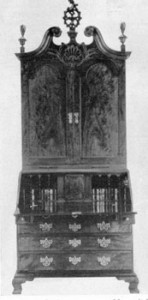 piece, but did not want anyone to know he was bidding. Often people will bid higher on something when a noted expert such as him bids on a piece. He told the auctioneer to look at him when the piece comes up and if his arms are folded, to take his bid. Once he was to drop his arms to his side, he was out. The bidding started at $50,000 and went slowly up to $220,000; my friend was the winning bidder. He said it caused a bit of a stir as everyone else bidding was watching him and wondering who was bidding. They also wondered how whoever it was could be bidding, as they saw nothing going on in the direction the auctioneer was looking in. When the auctioneer said sold, my friend held up his bidder number and there was a bit of grumbling. Now, I am not sure if he got it for less then if he was openly bidding, but I assume he probably did.
piece, but did not want anyone to know he was bidding. Often people will bid higher on something when a noted expert such as him bids on a piece. He told the auctioneer to look at him when the piece comes up and if his arms are folded, to take his bid. Once he was to drop his arms to his side, he was out. The bidding started at $50,000 and went slowly up to $220,000; my friend was the winning bidder. He said it caused a bit of a stir as everyone else bidding was watching him and wondering who was bidding. They also wondered how whoever it was could be bidding, as they saw nothing going on in the direction the auctioneer was looking in. When the auctioneer said sold, my friend held up his bidder number and there was a bit of grumbling. Now, I am not sure if he got it for less then if he was openly bidding, but I assume he probably did.
I have experienced this too. That’s why I sit at the back of the room, or I leave an absentee bid on things I really want. Then if it goes for more than the bid I left, I can still jump back in and bid more.
Reyne: What is the best strategy you have seen people using at an auction?
Martin: This one may be hard to swallow for a lot of people, but I have seen it work many times. I will just use an example: You are a Tiffany lamp collector and you attend an auction where there is an acorn shade Tiffany lamp. Your maximum bid will be $9,000. When you get there you see everyone you know that will buy the lamp for the same price. Auctioneers generally start something for around half the low estimate, sometimes lower, sometimes higher. Let’s say the auction estimate is $8,000 to high $12,000. The auctioneer asks for an opening bid of $4,000. This is when you hold your card up and shout $7,000! Everyone turns and looks and the auctioneer may stumble and ask for the next increment of $7,250. At this point, often times no one will bid because it throws the whole thing off. If someone bids the $7,250 the auctioneer turns to you asking $7,500 you shout, $8,000! Often times it will be yours at this bid. By doing this, people will know you are serious, and often may think you are a bit nuts, so they will not bid again. I have seen this done with success dozens of times over the years.
Hahaha, I’ve seen people do this and I too thought they were nuts, or the auctioneer was just moving a bit slow and they wanted to hurry up and get to a “real” price.
Reyne: Do you think this negatively affects the sale?
Martin: I don’t think so in my opinion. It would not happen enough at any given sale to cause a problem. However, I did watch quite a phenomenon happen at one time. Back in the day when I used own Seaboard Auction Gallery in Maine, I rented it out to specialty auctioneers when I was not having a sale. There was an auction of painted country antique collectibles such as baskets, Shaker pieces and the like. Attending the auction was the foremost dealer in country pieces sitting in the front row. Right off the bat she bid on the first 30 or so lots of the auction. She just held her card up until she owned each and every item, no matter how high it would go for. I watched dealer after dealer exit the sale in frustration. I don’t know if it was her intention, but she cleared out most of the dealers at the auction and bought a large portion for a very good price. This is a case where I would say the auction was hurt.
 Another phenomenon to note: Bargains at auctions often stem from a physiological situation. For instance, a nice piece may come up, well worth all the money and for some unknown reason, no one bids right away; this makes people wonder why no one is bidding, so no one will bid on it at all. If you are sure about the piece, don’t second guess it; throw in a bid just before you think it may pass. You may start everyone bidding, or you may get a great buy.
Another phenomenon to note: Bargains at auctions often stem from a physiological situation. For instance, a nice piece may come up, well worth all the money and for some unknown reason, no one bids right away; this makes people wonder why no one is bidding, so no one will bid on it at all. If you are sure about the piece, don’t second guess it; throw in a bid just before you think it may pass. You may start everyone bidding, or you may get a great buy.
Reyne: What strategies to buy at auction would you give to the novice?
WAIT WAIT WAIT right there….tune in next week when I post the answers to this question, and several more I had for Martin!

 Auction Kings Paul Brown joins Martin to talk about the inside scoop on the new Discovery Channel’s hit show. Listen in as Paul talks about what has changed in his life & at Gallery 63 since the show aired. Paul also talks about his background and what it was like growing up in the auction business and a lot more.
Auction Kings Paul Brown joins Martin to talk about the inside scoop on the new Discovery Channel’s hit show. Listen in as Paul talks about what has changed in his life & at Gallery 63 since the show aired. Paul also talks about his background and what it was like growing up in the auction business and a lot more.